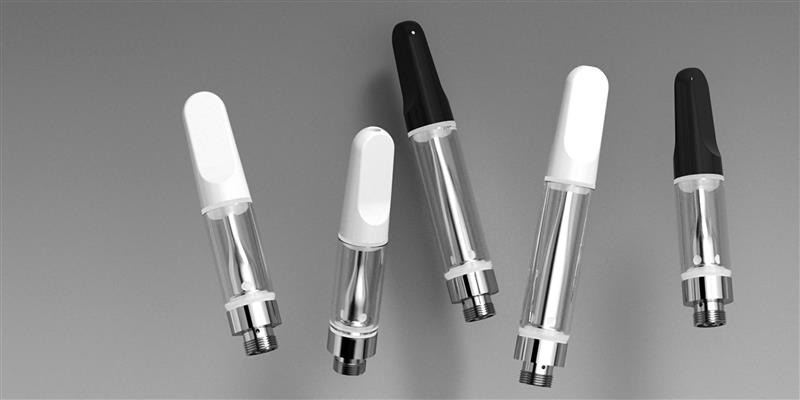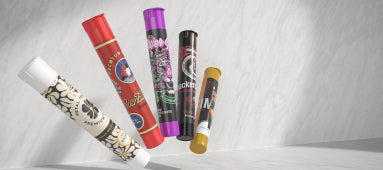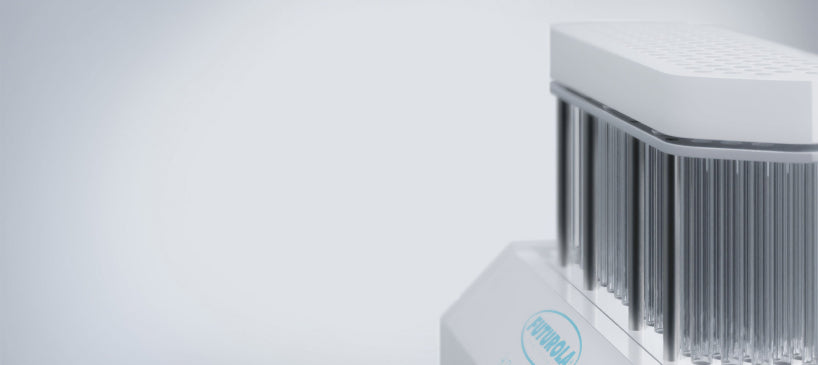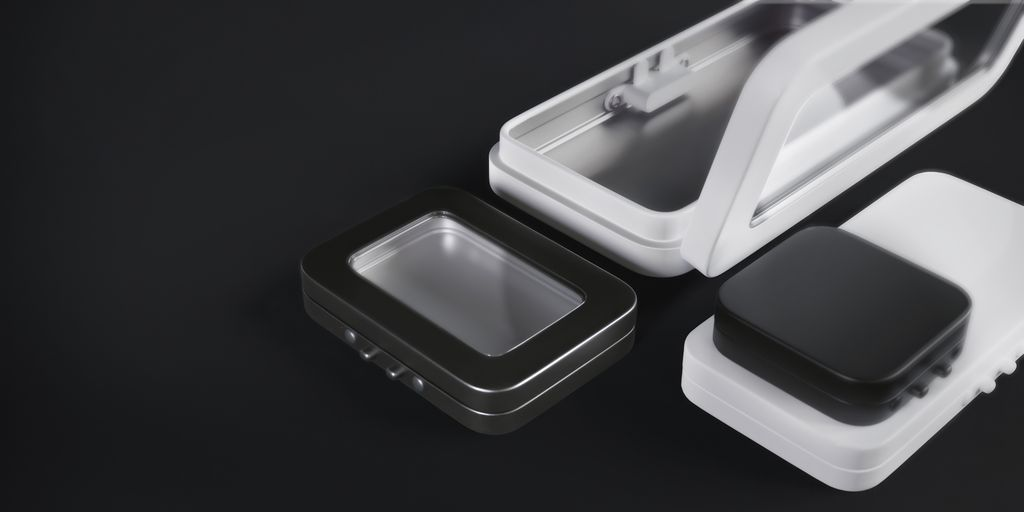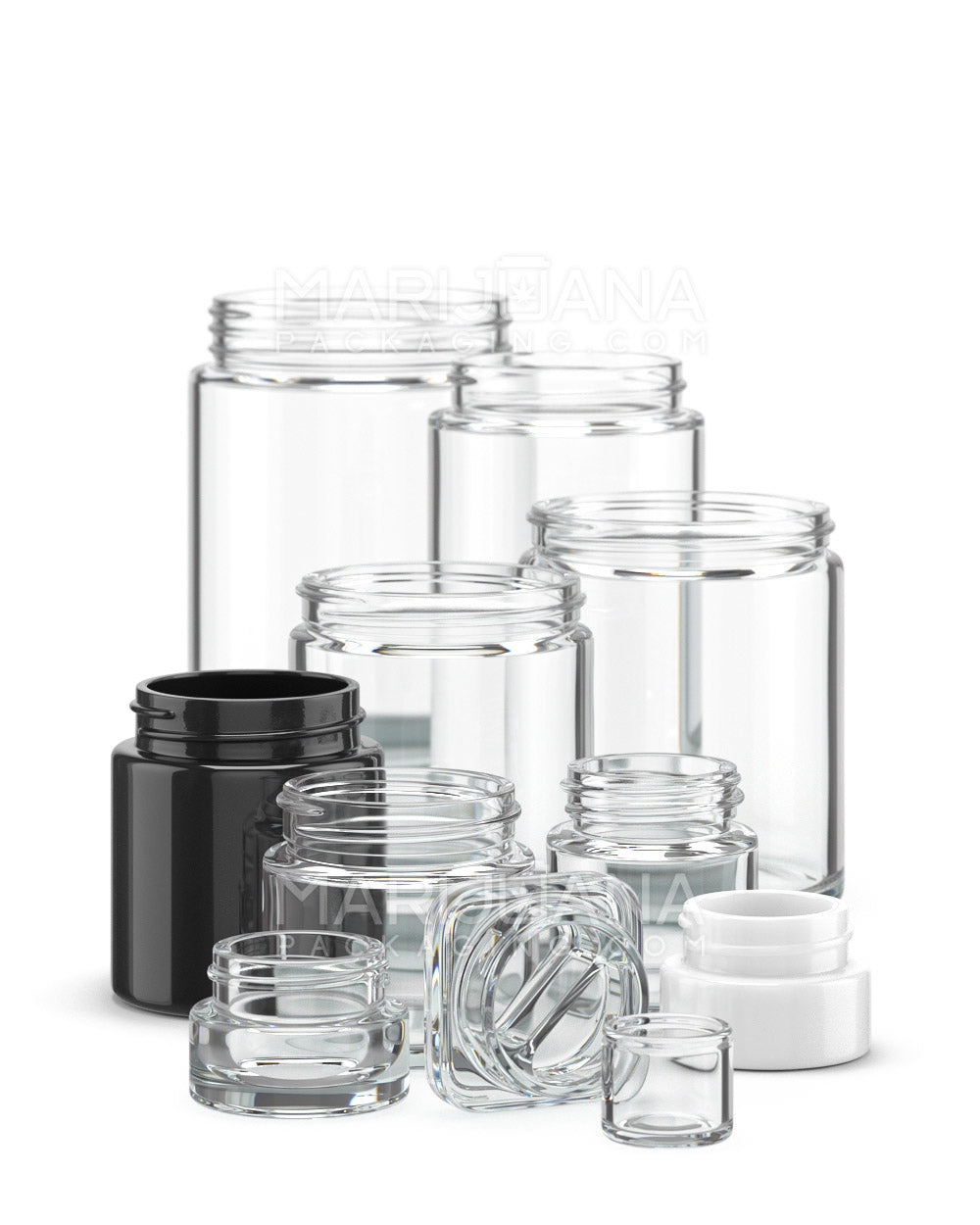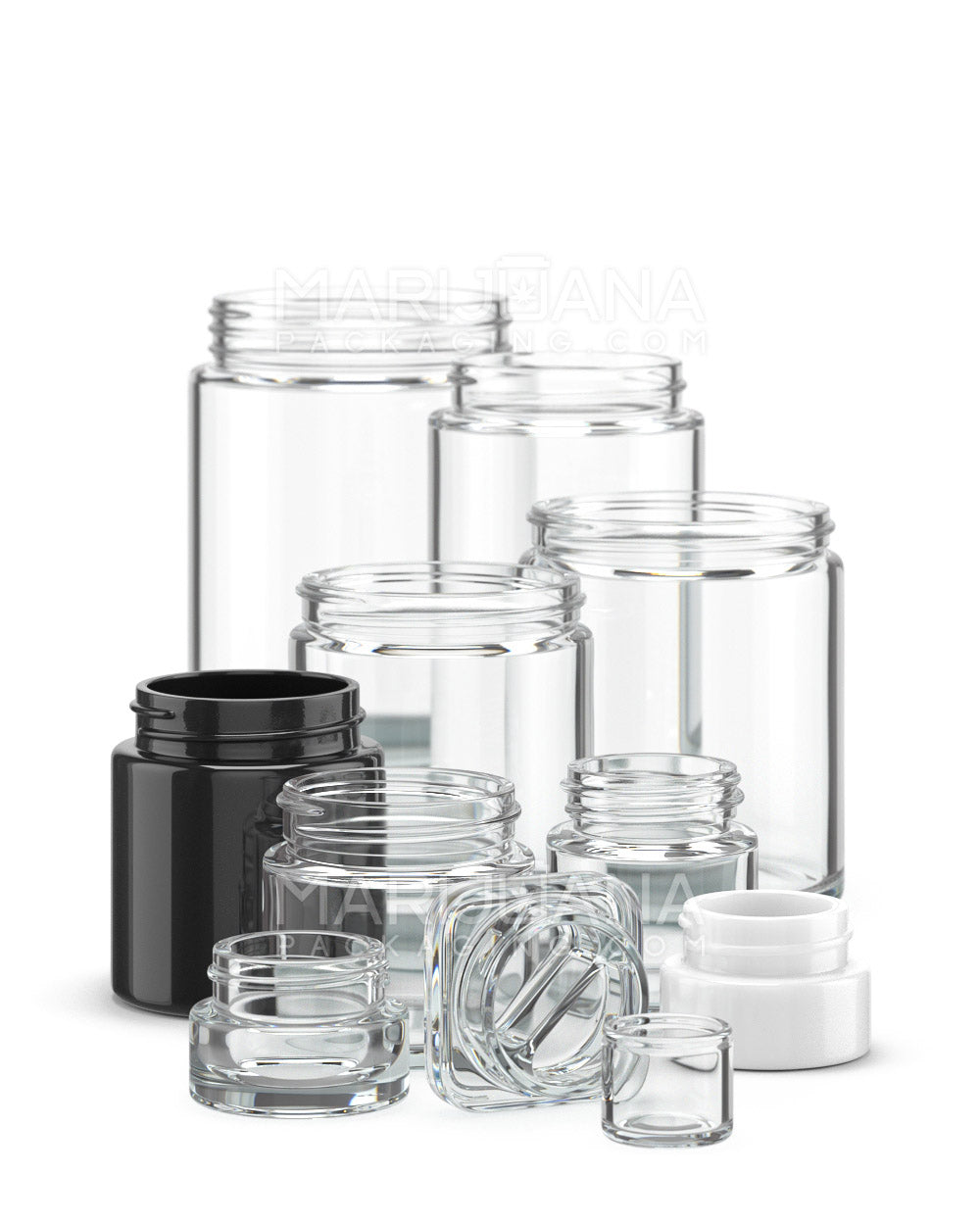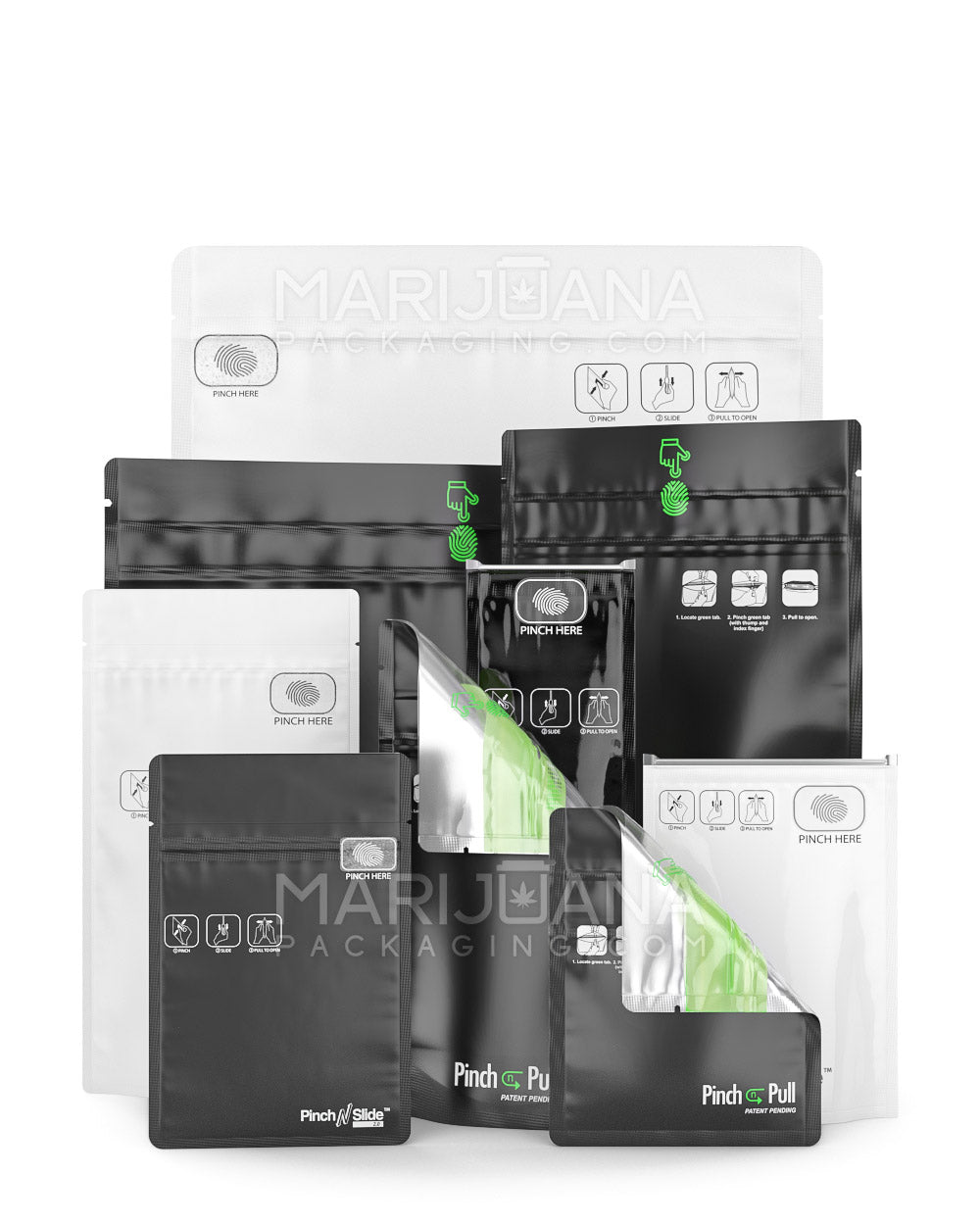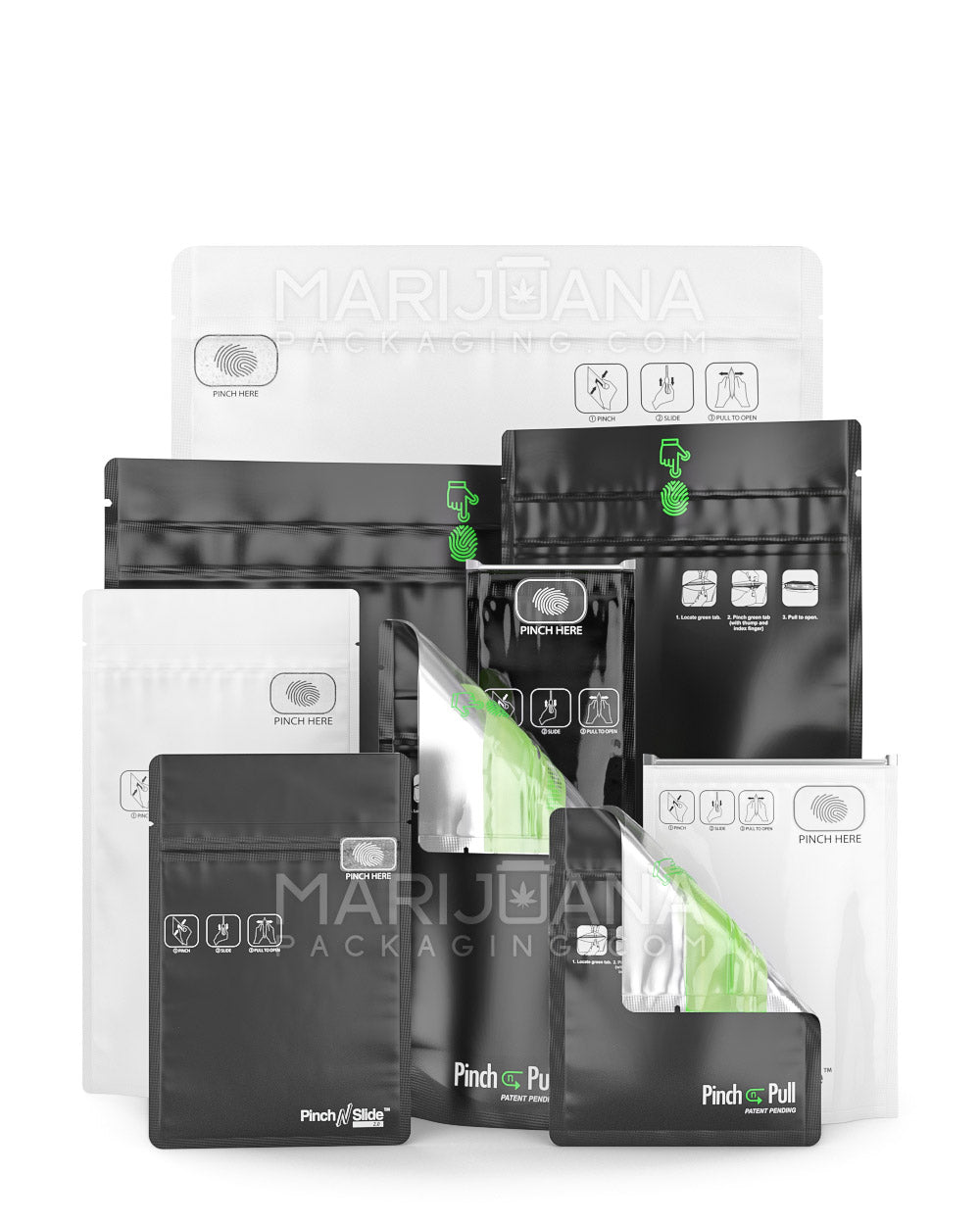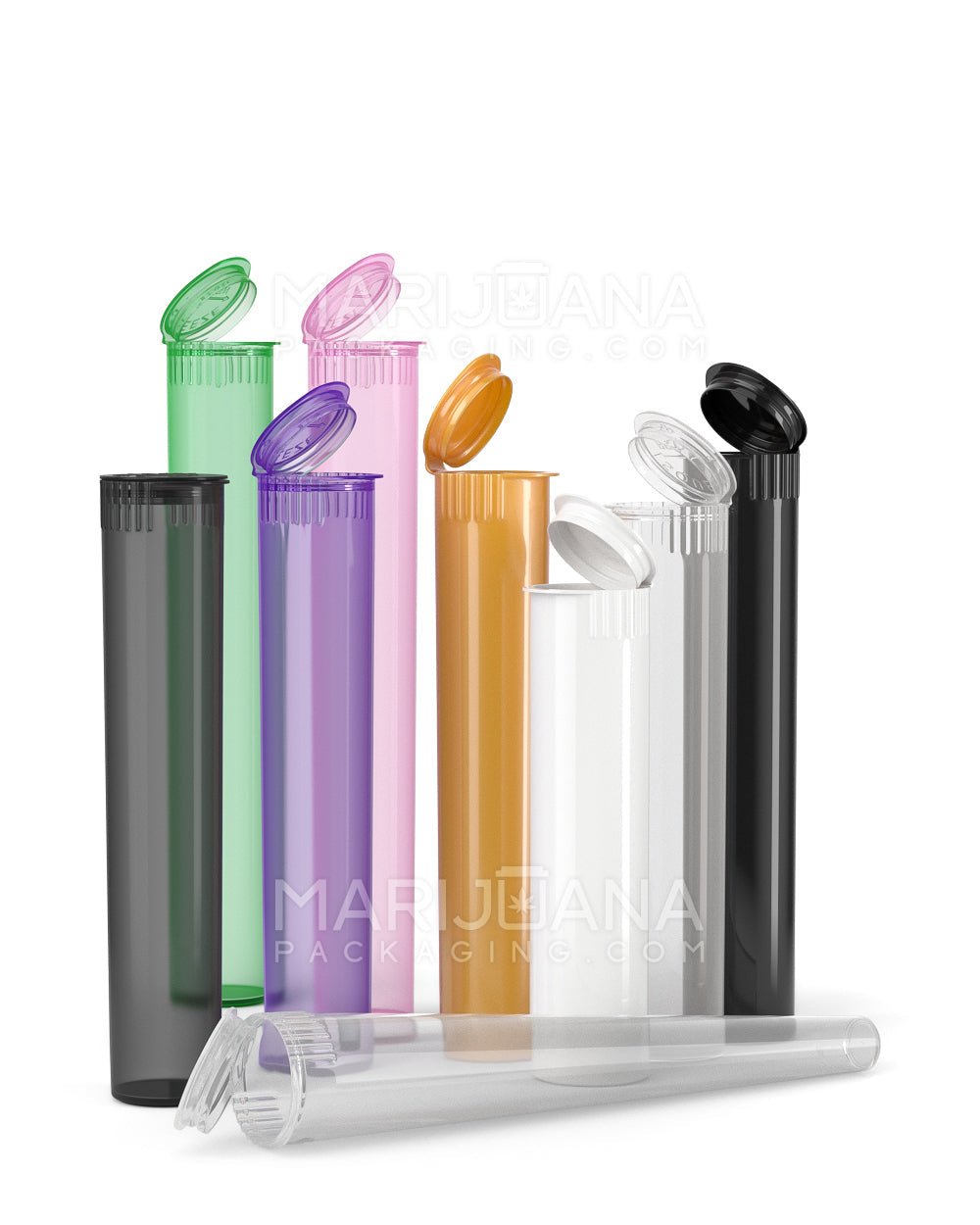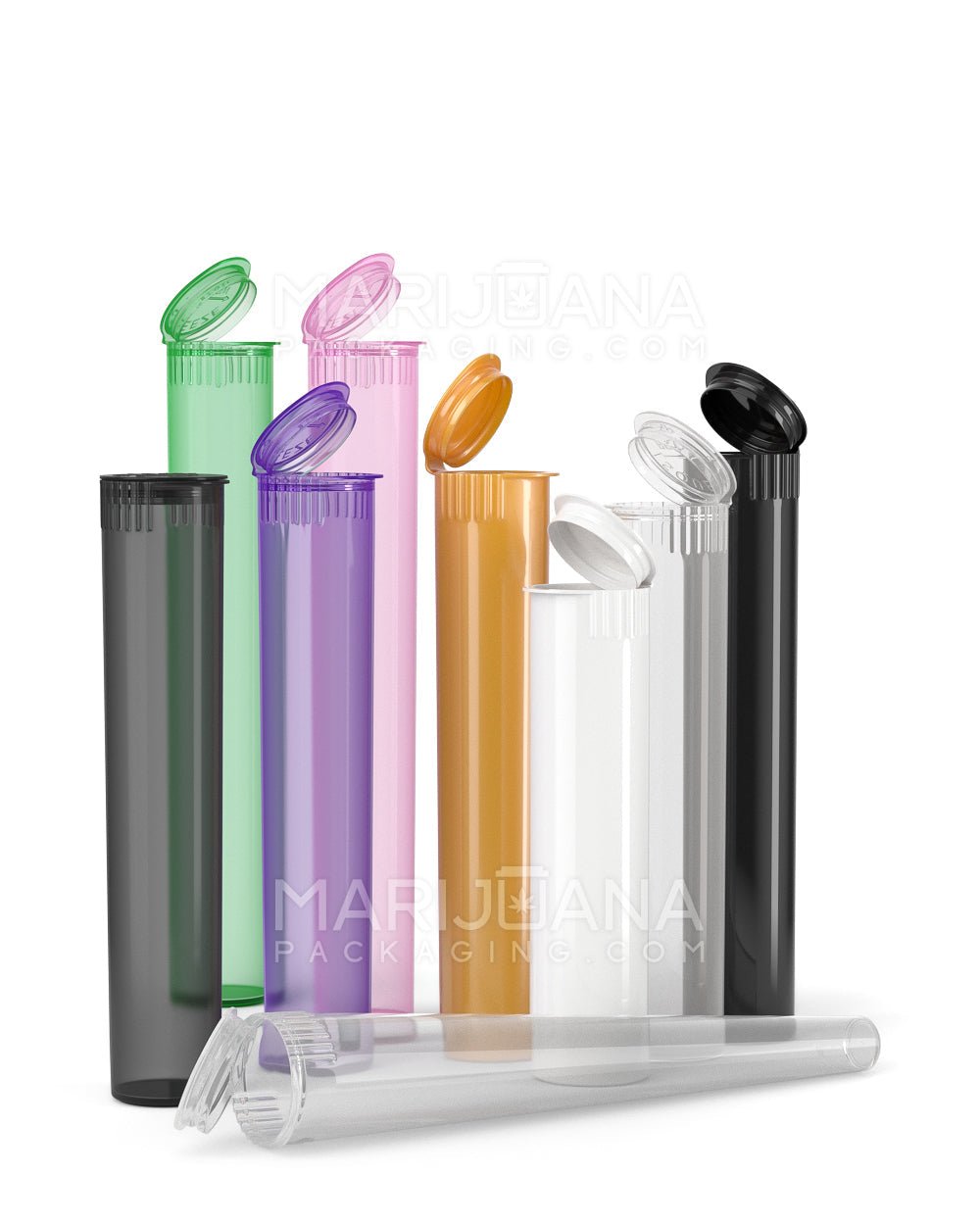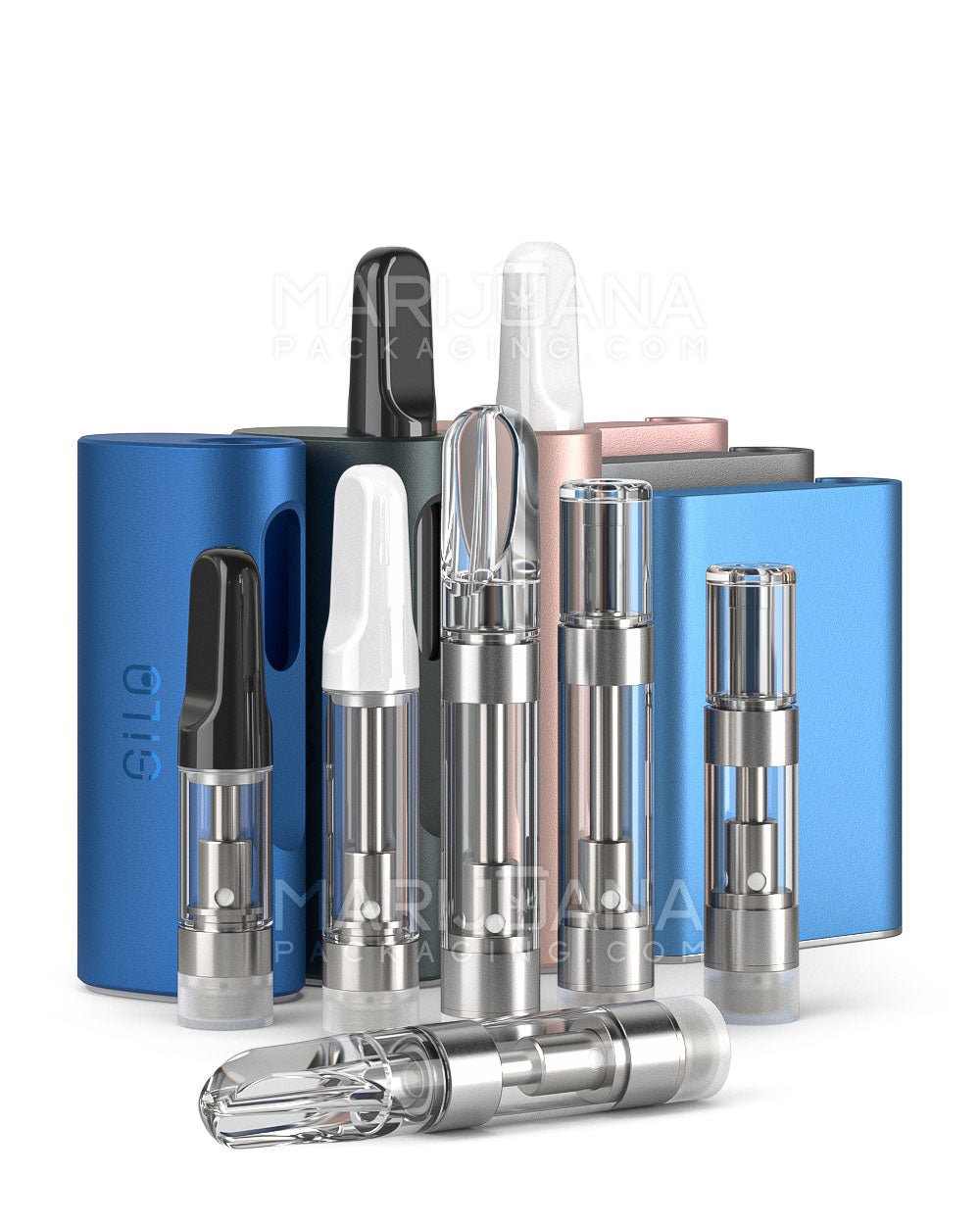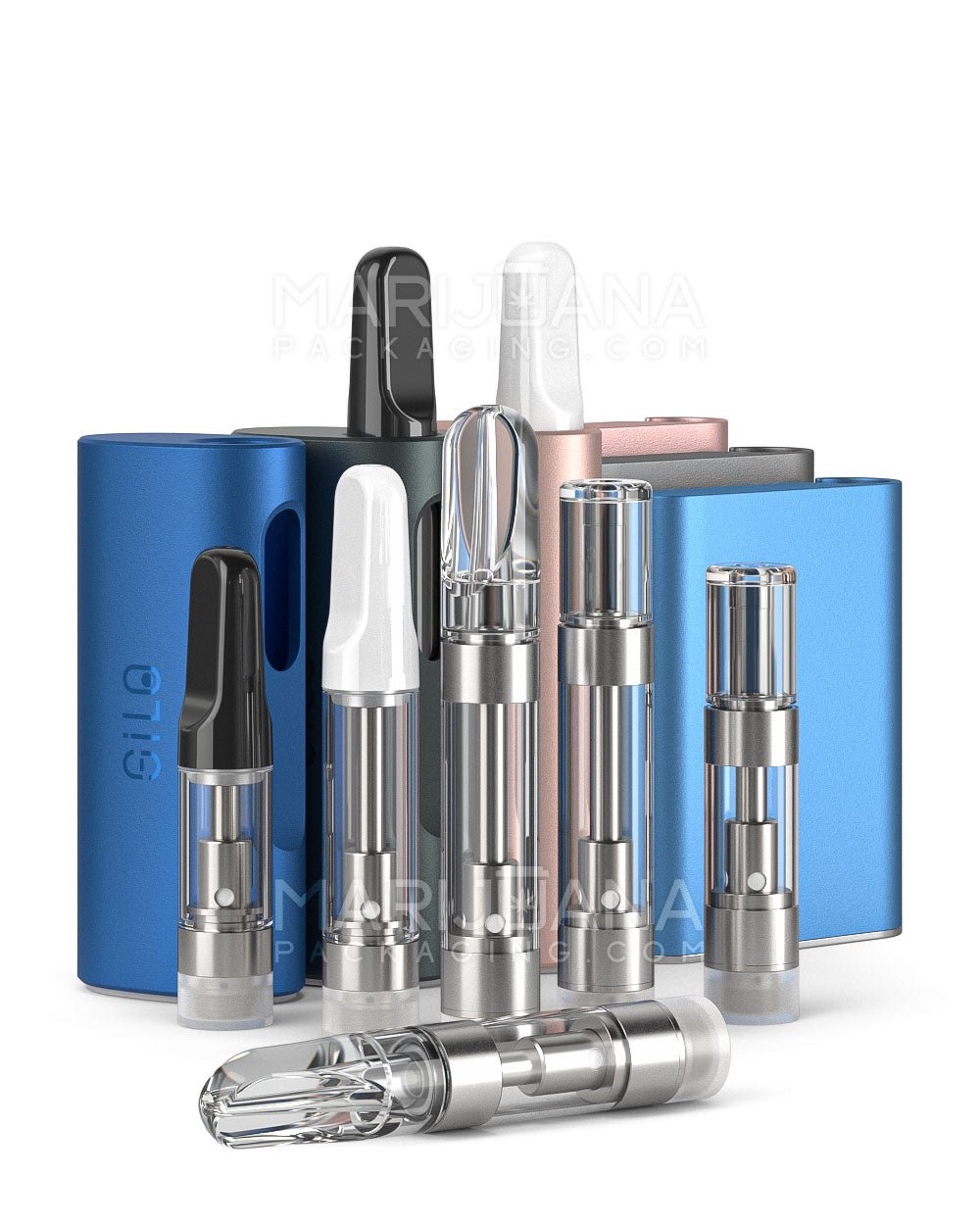The demand for rapid diagnostic kits is rising, especially as the healthcare industry grapples with accessibility. Shortage of human resources is also a major crisis in many countries, putting the need for speed and efficiency of the available healthcare professionals at a high degree. In the midst of the challenges, rapid diagnostic kits give healthcare workers a reprieve as they struggle to do more with limited resources.
Since rapid diagnostic kits are designed for use in high-pressure environments, they must always be in the best condition. This is where packaging becomes crucial. Rapid diagnostic kit packaging trends are optimized for purposes including speed, safety, and regulatory compliance. Let’s examine relevant points in detail.
Features Driving Trends in Packaging for Rapid Diagnostic Kits
Stakeholders in the healthcare industry are very clear about what they want in the packaging for rapid diagnostic kits. Like other medical packaging trends, speed, safety, and user convenience top the list. Check out why.
Speed
Rapid diagnostic kits must be capable of quick deployment, especially since they are mostly used by people under pressure, such as emergency caregivers. Therefore, when designing packaging for these kits, consider intuitive layouts and visual guides. Fast medical packaging innovations also incorporate ready-to-use designs that ensure products can be deployed with minimal setup.
Safety
Safety is another primary feature to focus on when designing rapid diagnostic kits. The importance of safety starts with recognizing the risks associated with tainted healthcare products. Therefore, it is no surprise that demands for rapid diagnostic kits are accompanied by calls for sterile packaging solutions to hold them.
User Convenience
Creating the perfect packaging for rapid diagnostic kits means targeting non-professional users as much as the healthcare workers who use them in emergency and operating rooms. For most of these non-professionals, convenience is a highly-desired quality. Brands target them with user-friendly diagnostic packaging that often incorporates features like:
- Pre-assembled components
- Portability
- Clear instructions
Key Challenges in the Sector
Despite advancements in the industry, there are still some challenges to packaging rapid diagnostic kits. Some of the most common ones are:
- Cost: Small manufacturers often struggle with the cost of developing high-quality packaging solutions for rapid diagnostic kits. Most cannot afford the high production costs, forcing them to stick with inferior packaging.
- Durability: The period of transportation is dangerous for goods, especially fragile ones like most rapid diagnostic kits tend to be. Creating durable packaging that can endure this period is still proving to be an obstacle for many manufacturers.
- Maintaining Sterility: Rapid diagnostic kits need to use the right materials to ensure sterility throughout the supply chain. Unfortunately, many still find this challenging.
Notable Areas of Improvement
It is indisputable that rapid diagnostic kit packaging has made huge and revolutionary progress. Thanks to dynamic packaging, healthcare has become more accessible to people in underserved areas over the years. Let’s look at how packaging has improved over the years to make rapid diagnostic kits more accessible to all.
Advancement in Materials
Despite the challenges highlighted in the previous section, stakeholders are still making progress in material innovation for rapid diagnostic kit packaging. In most cases, they focus on innovative materials that address common problems like cost, durability, and sterility.
Sustainability
Concerns about climate change are driving increasing demands for sustainable processes in the packaging industry. For example, sustainable diagnostic packaging can be created by adopting biodegradable materials, minimalist designs, and providing clear recycling instructions.
Tamper-Evidence
Tamper-evident medical packaging reveals when healthcare supplies are no longer in their original state, allowing users to take necessary precautions. Manufacturers use it to ensure that the quality and safety of rapid diagnostic kits are not compromised until they reach the users.
Regulatory Compliance
Healthcare is one of the most regulated industries in the world, and understandably so. When it comes to healthcare packaging advancements, regulatory authorities often have strict rules governing them. These standards ensure that the products are safe and usable in target regions.
The Future of Innovation in the Sector
They say no one knows tomorrow. So, there is no definitive proof of what the future holds for rapid diagnostic packaging kits. However, we can make some expectations based on the current trend in the sector. Some innovations you can look forward to are:
- Technological Integration: Smart packaging is the industry’s future, so expect more products to include digital tools like QR codes and RFID tags to provide instructions, authentication, and monitoring.
- Global Compliance: As more rapid diagnostic kits enter the international market, manufacturers are expected to seek more certifications and labels to demonstrate their global compliance. These marks help instill confidence in users that the products are licensed.
- Multi Language Support: You can expect packaging solutions to include instructions in multiple languages to cater to the global market. Some trendsetting brands are already doing it, but you can expect it from more as time passes.
Final Thoughts
As the demand for rapid diagnostic kits rises globally, suitable packaging is urgently needed. Considering current trends, suitable packaging will prioritize features like ease of deployment, sterility during transportation, and sustainability to meet consumer expectations.



